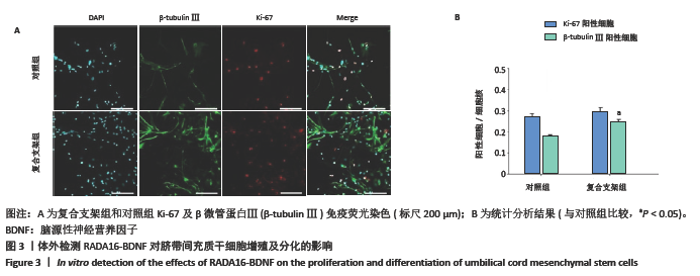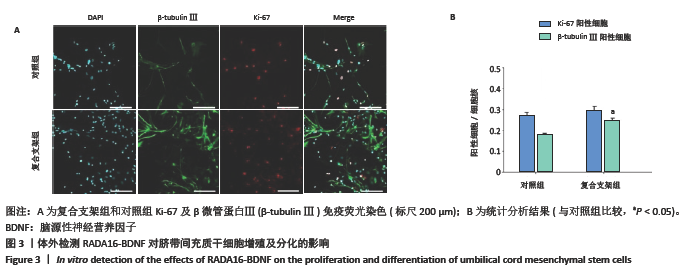[1] PAROUTOGLOU K, PARRY-JONES AR. Hyperacute management of intracerebral haemorrhage. Clin Med (Lond). 2018;18(Suppl 2):s9-s12.
[2] CAMPBELL BCV, KHATRI P. Stroke. Lancet. 2020;396(10244):129-142.
[3] EDWARDS MD, HUGHES TAT. Intracerebral haemorrhage on the acute stroke unit. J Neurol. 2020;267(1):295-297.
[4] MA L, MANAENKO A, OU YB, et al. Bosutinib Attenuates Inflammation via Inhibiting Salt-Inducible Kinases in Experimental Model of Intracerebral Hemorrhage on Mice. Stroke. 2017;48(11):3108-3116.
[5] ZHAO X, TING SM, LIU CH, et al. Neutrophil polarization by IL-27 as a therapeutic target for intracerebral hemorrhage. Nat Commun. 2017; 8(1):602.
[6] AL-SHAHI SALMAN R, KLIJN CJM, SELIM M. Minimally invasive surgery plus alteplase for intracerebral haemorrhage. Lancet. 2019;393(10175):965-967.
[7] HU Y, LIU N, ZHANG P, et al. Preclinical Studies of Stem Cell Transplantation in Intracerebral Hemorrhage: a Systemic Review and Meta-Analysis. Mol Neurobiol. 2016;53(8):5269-5277.
[8] OLIVERI RS, BELLO S, BIERING-SØRENSEN F. Mesenchymal stem cells improve locomotor recovery in traumatic spinal cord injury: systematic review with meta-analyses of rat models. Neurobiol Dis. 2014;62:338-353.
[9] ZHANG K, CHEN X, LI H, et al. A nitric oxide-releasing hydrogel for enhancing the therapeutic effects of mesenchymal stem cell therapy for hindlimb ischemia. Acta Biomater. 2020;113:289-304.
[10] AHN SY, CHANG YS, SUNG SI, et al. Mesenchymal Stem Cells for Severe Intraventricular Hemorrhage in Preterm Infants: Phase I Dose-Escalation Clinical Trial. Stem Cells Transl Med. 2018;7(12):847-856.
[11] WANG Z, CHEN A, YAN S, et al. Study of differentiated human umbilical cord-derived mesenchymal stem cells transplantation on rat model of advanced parkinsonism. Cell Biochem Funct. 2016;34(6):387-393.
[12] SHI W, HUANG CJ, XU XD, et al. Transplantation of RADA16-BDNF peptide scaffold with human umbilical cord mesenchymal stem cells forced with CXCR4 and activated astrocytes for repair of traumatic brain injury. Acta Biomater. 2016;45:247-261.
[13] KO HR, AHN SY, CHANG YS, et al. Human UCB-MSCs treatment upon intraventricular hemorrhage contributes to attenuate hippocampal neuron loss and circuit damage through BDNF-CREB signaling. Stem Cell Res Ther. 2018;9(1):326.
[14] CHOI BY, KIM OJ, MIN SH, et al. Human Placenta-Derived Mesenchymal Stem Cells Reduce Mortality and Hematoma Size in a Rat Intracerebral Hemorrhage Model in an Acute Phase. Stem Cells Int. 2018;2018:1658195.
[15] ZHOU H, ZHANG H, YAN Z, et al. Transplantation of human amniotic mesenchymal stem cells promotes neurological recovery in an intracerebral hemorrhage rat model. Biochem Biophys Res Commun. 2016;475(2): 202-208.
[16] XIAO H, CHEN H, JIANG R, et al. NLRP6 contributes to inflammation and brain injury following intracerebral haemorrhage by activating autophagy. J Mol Med (Berl). 2020;98(9):1319-1331.
[17] SHI W, NIE D, JIN G, et al. BDNF blended chitosan scaffolds for human umbilical cord MSC transplants in traumatic brain injury therapy. Biomaterials. 2012;33(11):3119-3126.
[18] KAPLAN B, MERDLER U, SZKLANNY AA, et al. Rapid prototyping fabrication of soft and oriented polyester scaffolds for axonal guidance. Biomaterials. 2020;251:120062.
[19] 李莹,张皑峰,高钰丹,等.活性生物材料支架体外诱导神经干细胞向神经元高比例分化并形成神经网络[J].中国组织工程研究,2018, 22(9):1432-1437.
[20] 韩倩倩,王鹏瑞,王春仁,等.组织工程支架在神经修复中的应用[J].中国组织工程研究,2015,19(43):7035-7040.
[21] MUKHERJEE N, ADAK A, GHOSH S. Recent trends in the development of peptide and protein-based hydrogel therapeutics for the healing of CNS injury. Soft Matter. 2020;7(29):211-217.
[22] SUN W, INCITTI T, MIGLIARESI C, et al. Viability and neuronal differentiation of neural stem cells encapsulated in silk fibroin hydrogel functionalized with an IKVAV peptide. J Tissue Eng Regen Med. 2017;11(5):1532-1541.
[23] CHENG TY, CHEN MH, CHANG WH, et al. Neural stem cells encapsulated in a functionalized self-assembling peptide hydrogel for brain tissue engineering. Biomaterials. 2013;34(8):2005-2016. |









